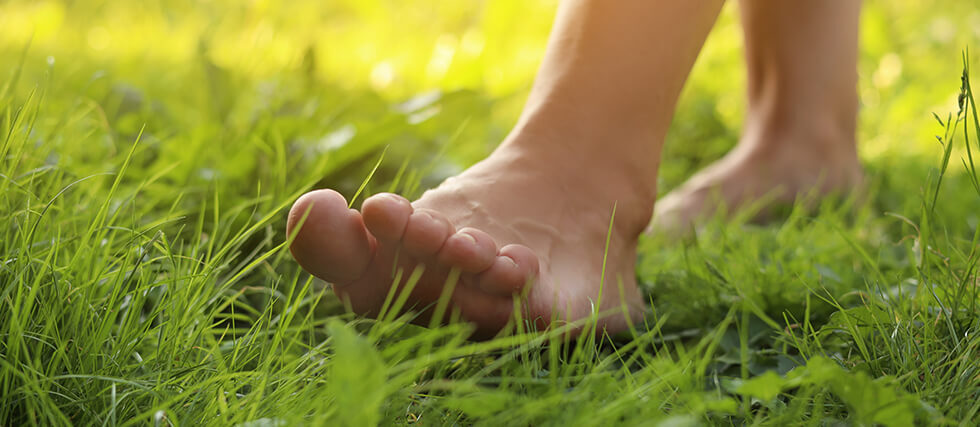Walking barefoot—also known as “earthing” or “grounding”—is more than just a return to nature. It’s a simple habit with surprising health benefits that modern life often overlooks. When your bare feet touch natural surfaces like grass, sand, or soil, your body connects with the Earth’s electrons, which may help reduce inflammation, improve sleep, and even support immune function.
One of the most significant benefits? Improved balance and posture. Walking barefoot activates muscles in your feet and legs that shoes often suppress. Over time, this can strengthen your arches, align your spine, and reduce joint pain. It also enhances sensory feedback, helping you stay more grounded—literally and mentally.
Research suggests that grounding lowers cortisol levels, which can reduce stress and promote relaxation. Some studies even link it to reduced pain and improved circulation. And let’s not forget the mental health perks: walking barefoot outdoors is a great way to feel more connected and calm in a fast-paced, tech-driven world.
How to do it safely:
- Start slow – Begin with 5–10 minutes a day on safe, natural surfaces like grass, sand, or dirt trails.
- Check your path – Look for hazards like glass, thorns, or sharp rocks. Parks and beaches are great starting points.
- Build foot strength – Do gentle toe stretches or walk on textured surfaces at home to prepare your feet.
- Watch the weather – Wet, cold, or extremely hot surfaces can cause skin injuries.
- Listen to your body – If you feel pain or discomfort, take a break. Your feet may need time to adapt.
Walking barefoot is free, healing, and refreshing. Done wisely, it’s one of the easiest ways to reconnect with the Earth and restore natural movement.




